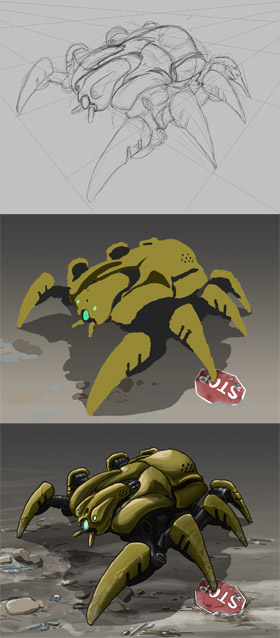Posted: November 16th, 2010 | Author: Nathan | Filed under: field recording, found sound objects

Home of the ceiling fan in question, and the weirdness that followed.
When in Mexico two years ago, the villa in which I stayed had a ceiling fan with very different voices when set to low and high. I’ve included a short sample of this fan at low, sounding like a grinding motor, and high, when the motor when silent but the blades sounded like a small helicopter.
Weirder than this sound was the villa, which was huge and beautiful, and overlooked the beach and the Pacific Ocean. It was surrounded by a river choked with human filth. Then the Dallas Cowboy Cheerleaders showed up. Then I thought I would die from food poisoning. All in one day.
True story. Tell you more over a beer sometime. Sorry, no cheerleader sounds were recorded.
[soundcloud url=”http://api.soundcloud.com/tracks/7100811″ params=”show_comments=true&auto_play=false&color=ee0000″ width=”100%” height=”81″ ]
[Zoom H2 recorder]
Tags: digital audio, field recording, found object, Mexico, sound design, sound effects, travel | 4 Comments »
Posted: November 9th, 2010 | Author: Nathan | Filed under: theory

"Done" can take a while. But what does "done" mean?
When is something done? Completed? Finished?
It was bad enough when we lived in an era of cutting tape, using paint, or processing film, when sometimes the medium could only support a certain amount of additions or revisions. Today, we live in a digital era of unlimited choices, multiple undo’s, and possibly infinite iteration. How and where can a creative professional call a piece finished? As they say, “Perfect is the enemy of ‘done.'”
As an art major in college, and this topic came up a lot in critiques and discussions. I think part of the challenge is how we, as artists and designers and engineers, emotionally interpret “finished” as a word. Even when it’s the deadline that tells us something must be finished, we need to choose our battles over what needs more or less attention.
One term that one of my professors has stuck with me ever since: You’re done when the piece is largely “resolved.”
I like this phrase because it reframes the question of “done” into a context of problems that need solving, or issues that require resolution. Are the frequencies sufficiently different to prevent muddiness or masking? Is the color in this photo helping to tell the story or the moment? Are these paint strokes in this corner supporting the tone and balance of the piece? When you ask yourself what remains unresolved, you stop flailing around for vague emotional cues of “done-ness” and you start asking the hard questions of what is and isn’t succeeding in supporting the core story or message you’re trying to convey.
It’s easy to wonk out into semantic arguments around the meaning of “done,” so don’t let that become a procrastinating strategy! Ask yourself, in whatever words you like, if the piece is self-consistent, self-evident, unambiguous, and seems resolved. That simple act can help clear up a lot of personal and aesthetic confusion.
| No Comments »

